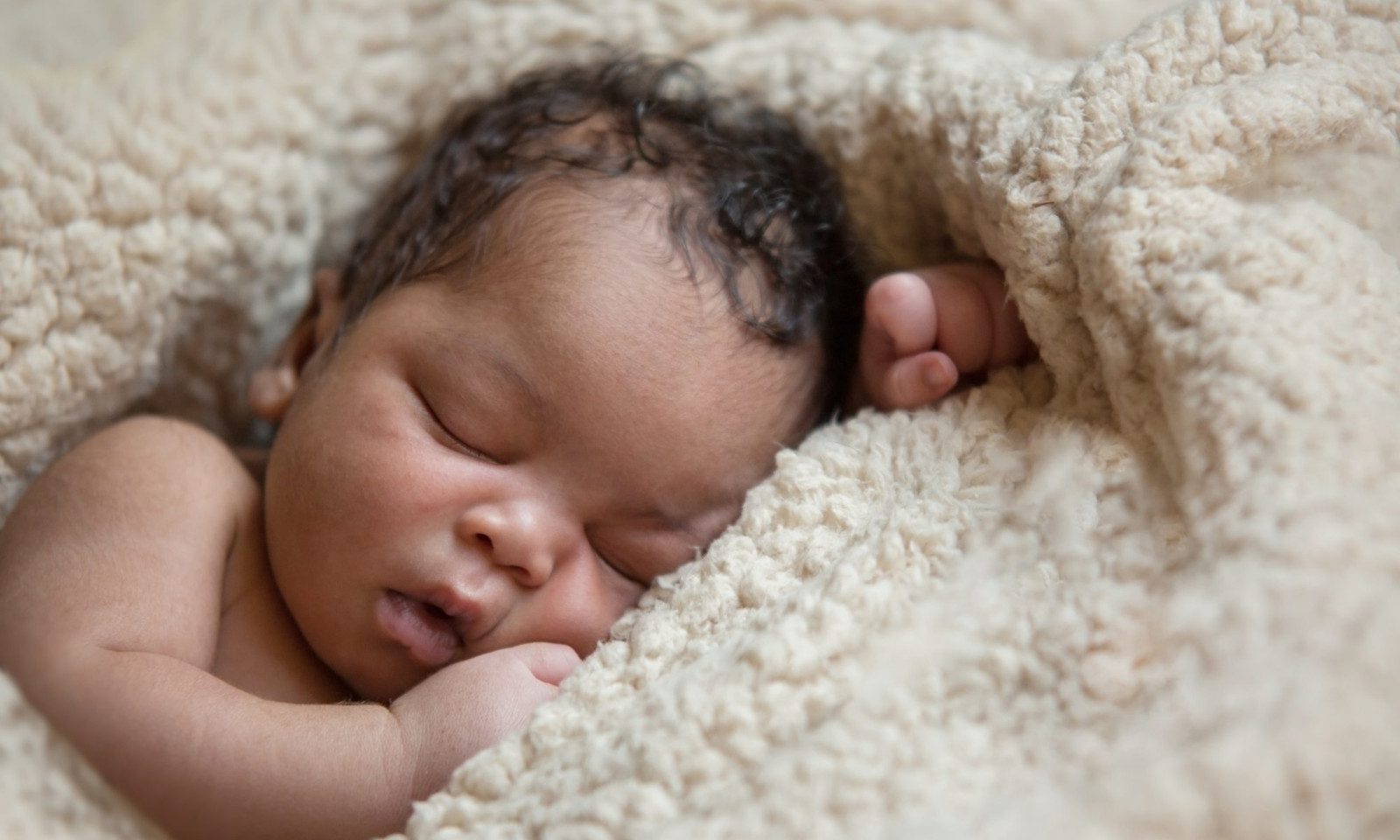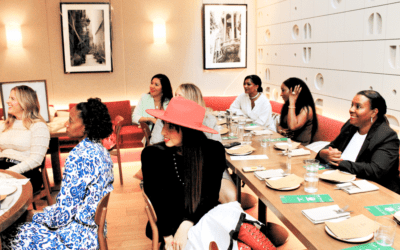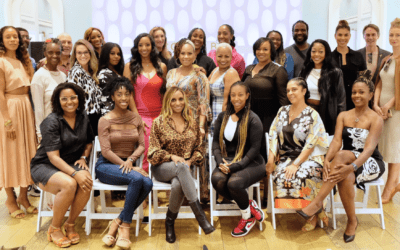LOS ANGELES – New guidelines from the American Academy of Pediatrics says parents who wish to share their bed with their infant children must avoid doing so under any circumstances, while sleeping on a firm flat bed is best for infants’ health, according to a report by CNN.
The new guidelines are the first update to its safe sleep guidelines for babies since 2016.
“We know that many parents choose to share a bed with a child, for instance, perhaps to help with breastfeeding or because of a cultural preference or a belief that it is safe,” said Dr. Rebecca Carlin, who coauthored the guidelines and the technical report from the academy’s Task Force on Sudden Infant Death Syndrome and the AAP Committee on Fetus and Newborn, in a statement.
Carlin, who is also an assistant professor of pediatrics at Columbia University Irving Medical Center, added: “The evidence is clear that (co-sleeping) significantly raises the risk of a baby’s injury or death. For that reason AAP cannot support bed-sharing under any circumstances.”
The new AAP guidelines aim to help to pediatricians stem the tide of infant sleep deaths. About 3,500 infants, many of whom are in socially disadvantaged communities, die from sleep-related infant deaths in the United States each year, the AAP said.
“The rate of sudden unexpected infant deaths (SUIDs) among Black and American Indian/Alaska Native infants was more than double and almost triple, respectively, that of white infants (85 per 100 000 live births) in 2010-2013,” the AAP said in a statement.
“We’ve made great strides in learning what keeps infants safe during sleep but much work still needs to be done,” said Dr. Rachel Moon in a statement. She is lead author of the guidelines and professor of pediatrics at the University of Virginia.
While the AAP strongly advises against co-sleeping, its new guidelines say babies should sleep in the same room with their parents for at least six months on a separate sleep surface with a firm, flat surface.
Recent Consumer Product Safety Commission regulations show that the only products which can be marketed for infant sleep are cribs, bassinets, play yards and bedside sleepers. Bedside sleepers are separate small cribs or bassinets that attach to the parent’s bed but allow babies to sleep alone without any bedding.
Parents should not use products for sleep that aren’t specifically marketed for sleep, the AAP warned.
The organization also noted that other sleep environments can also put infants at risk. Resting with a baby on a couch, armchair or cushion and falling asleep raises the risk of infant death by 67 percent, the AAP noted. If the baby is pre-term, born with a low birth weight or is under 4 months old, the risk of death while co-sleeping on a bed, couch or other spot increases five to 10 times, the academy said.
“A great way to test if a surface is too soft is to press your hand down and then lift it up. If your hand leaves an indentation, it’s too soft,” said Alison Jacobson, CEO of First Candle, a national nonprofit group committed to the elimination of SIDS and other sleep-related infant deaths through education and advocacy.
Babies should also sleep alone on their backs on a flat, firm mattress covered in a snug, fitted sheet, according to the AAP. Avoid all extras in the crib, including soft toys, blankets, pillows, soft bedding, sleep positioners or crib bumpers, as babies can become trapped by such items and suffocate.
“Crib bumpers have been linked to more than 100 infant deaths during the past 30 years,” the AAP wrote on its consumer website, healthychildren.org.
These products are generally used by well-meaning parents, who only want the best for their child and believe they are doing the right thing, said psychologist Carol Pollack-Nelson, a former CPSC staffer who now studies how people use consumer products.
But babies do not need any of those cushioned products to be warm and comfortable, she said. “Instead of a sheet or blanket, place baby in a swaddle sack or wearable blanket.”
For the full story, click here.














